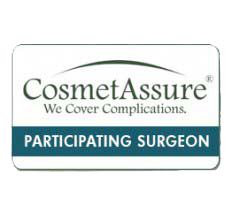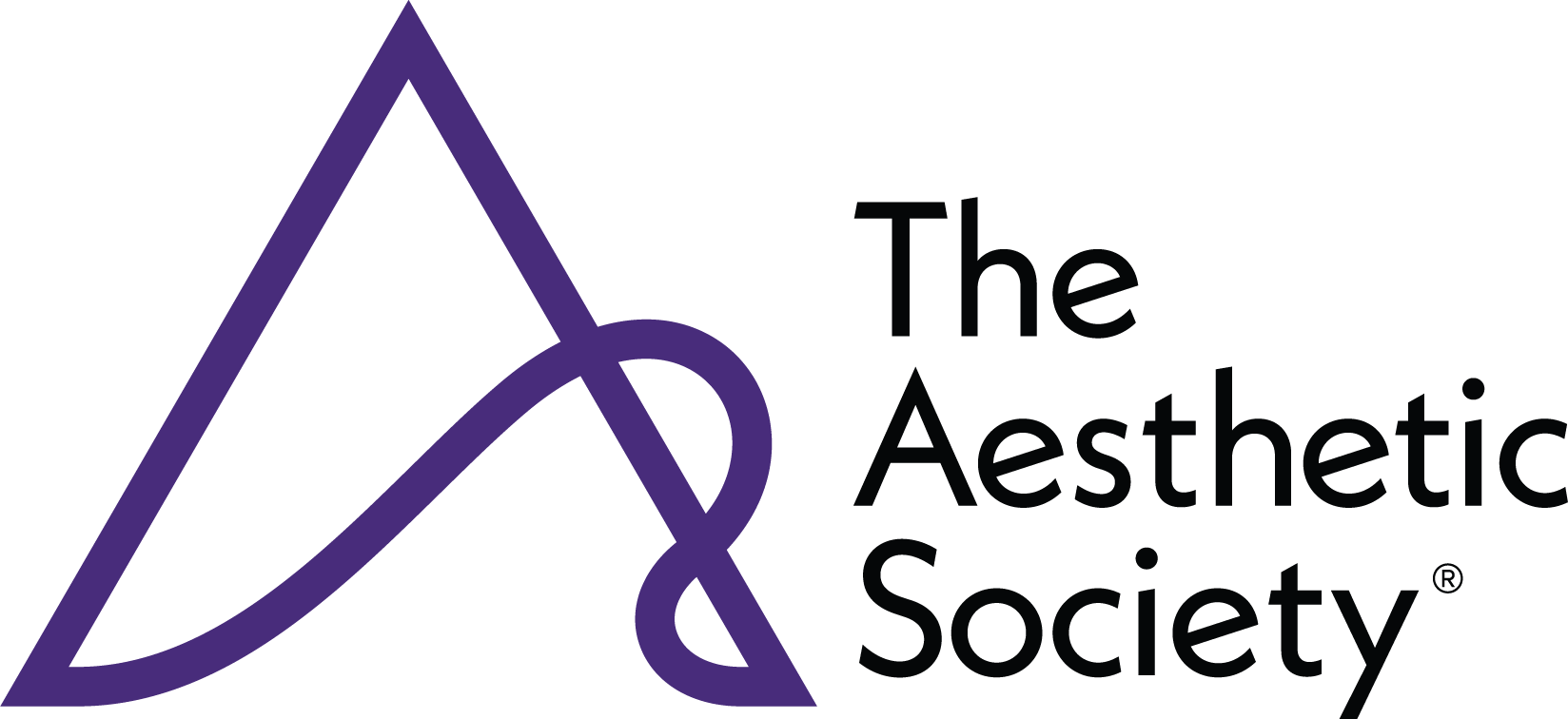Now there’s yet one more reason that the women in our lives can truly be considered Bionic. Breast reconstruction has seen several advances over the past half-century. Years ago, tissue expanders and implants were placed directly under the skin following a mastectomy. While the overall shape was desirable, women suffered from a high rate of capsular contracture and implant rippling. In order to solve these problems, plastic surgeons began placing tissue expanders under the muscles of the chest. While the above-mentioned problems were decreased, this method created a flat, unnatural looking breast. In addition, the tissue expanders which are intended to stretch the skin are now also stretching the muscle leading to increased pain. Furthermore, given the fact that the muscle is directly underneath the skin, the muscles became readily visible especially when the patient flexes, similar to watching a bodybuilder flex their pec muscles. This appearance can be very distracting to others and unsettling for the patient.
Thanks to some technological advances, breast reconstruction is undergoing another evolution. Recent advancements in plastic surgery including the development of acellular dermal matrices mesh, fat grafting, improved breast expanders and implants, and improved mastectomy techniques have enabled surgeons to revisit the prepectoral space.
Prepectoral breast reconstruction involves placement of a tissue expander or breast implant on top of the pectoralis muscle directly beneath the skin following a mastectomy. The major advancement that has allowed plastic surgeons to once again perform this technique, but with a significant reduction in potential complications mentioned above, was the development of acellular dermal matrix mesh. The tissue expander or implant is either completely enveloped with this mesh or covered on its front surface beneath the skin. The mesh is very effective at reducing the risk of capsular contracture and also serves to thicken the skin covering of the implant thereby reducing visible rippling. With the addition of fat grafting, the surgeon is also able to create a thicker skin covering further decreasing visible rippling of the implant and a softer, more shapely breast.
By placing the implant on top of the muscle, the muscle no longer needs to be cut during surgery or stretched during the expansion phase significantly reducing the patient’s pain and discomfort immediately following surgery and in the long-term. In addition, the problem of post-operative breast animation, or movement of the skin of the breast, is corrected as the muscle is not attached to the skin and remains in its anatomic location.
Yet one more technological advancement that has made the breast reconstruction process for women more bearable has been the development of the air expander. The air expander is a self-contained device with an internal air cartridge controlled by the patient with a handheld remote. The patient controls their expansion at home by adding 10 cc’s of air at a time up to three times per day. Advantages of the system include a decreased risk of infection and less pain since no needles are required, less pain given the more gradual nature of the expansion rather than large weekly boluses in the physician’s office, and a more rapid expansion with quicker return to the operating room for replacement of the expander with the more permanent implant.
Of course, as with most surgeries, there are some disadvantages with this technique. Given the more extensive application of the acellular dermal matrix mesh, patients are at a higher risk for seroma, or fluid collection. Extremely thin patients and those with large, drooping breast are not ideal candidates. And as with any application of breast implants, it should be noted that implants are not guaranteed to last a lifetime and may require replacement at some point.
Keep in mind that the techniques discussed above are relatively new and not all plastic surgeons are experienced with them. If you are considering prepectoral breast reconstruction, you should set up an appointment with a board certified plastic surgeon who specializes in this area and can offer individualized care. The main priority of breast cancer treatment is removal of the breast cancer. A secondary goal is to provide an aesthetically pleasing breast reconstruction in a safe manner. For these reasons, it is important to choose a team of specialists – breast surgeon, plastic surgeon, oncologists, etc. – who work closely together with open lines of communication. At Tarola Plastic Surgery, we have been honored to provide these techniques for many women in our community. If you would like to learn more, please contact us at 615-713-1695 or info@tarolaplasticsurgery.com.




